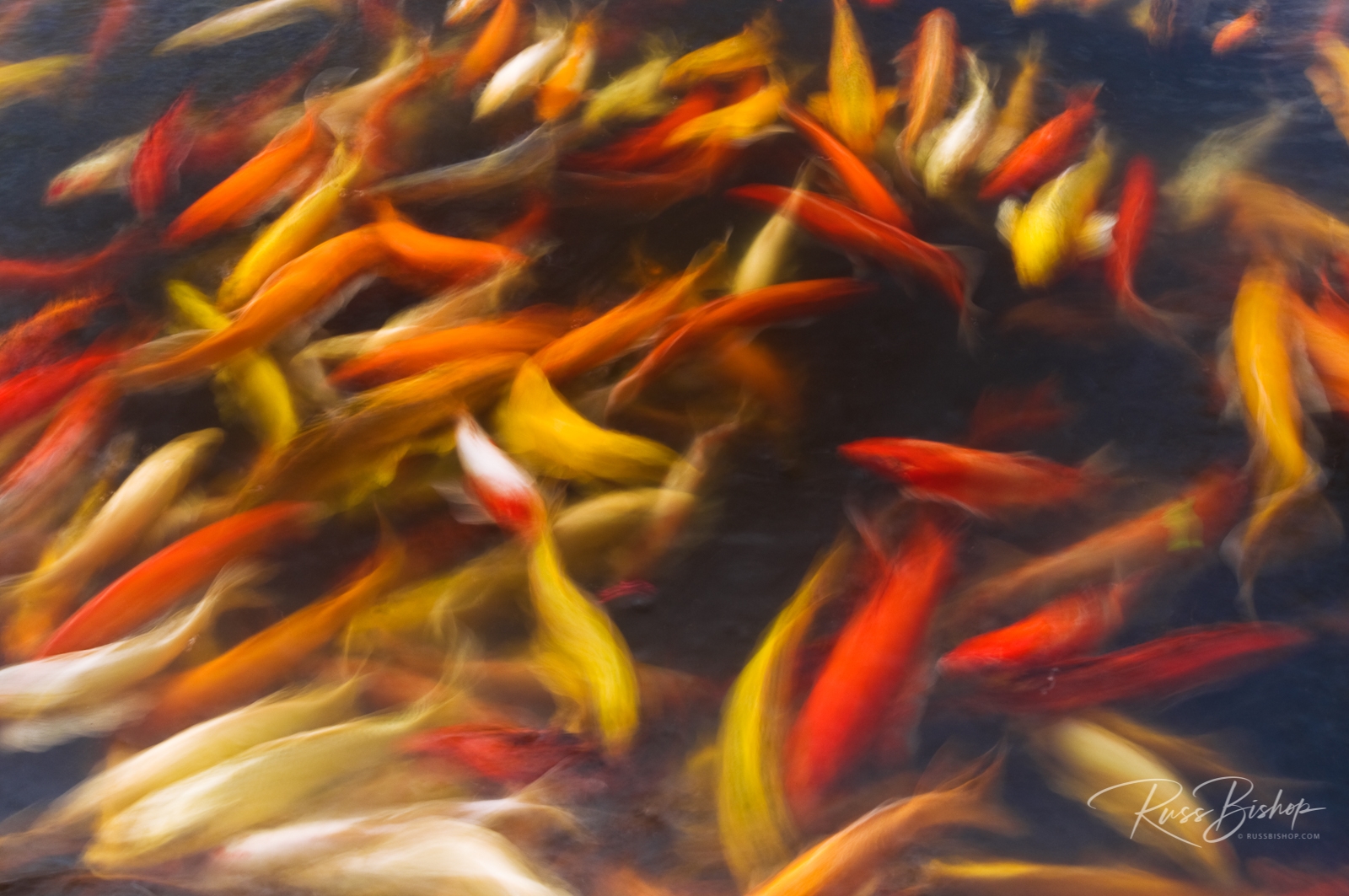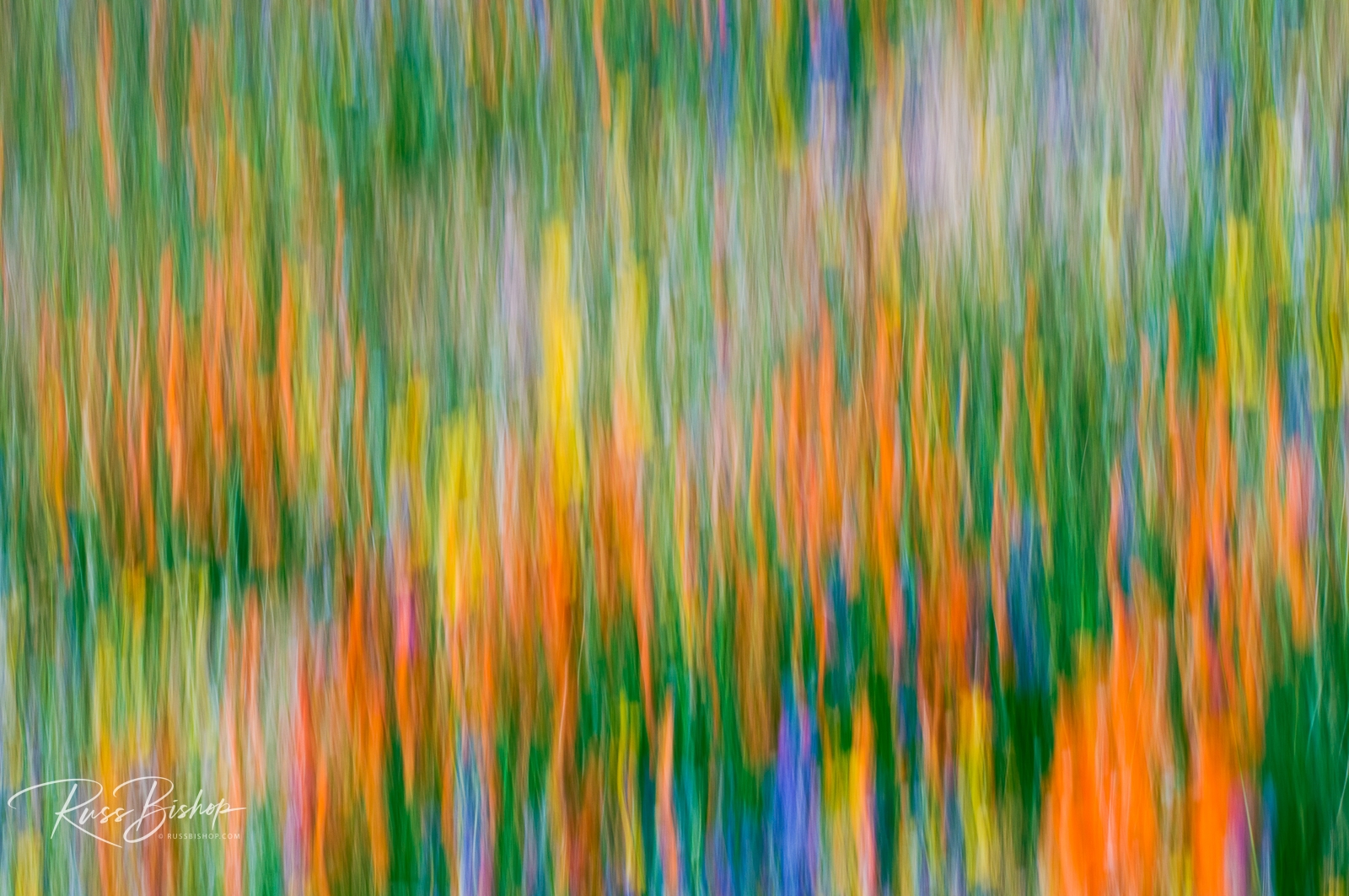
Bare trees, Yosemite National Park, California USA
As landscape photographers the natural world provides us with an unlimited source of subject matter and inspiration. Much of the time we choose to let nature dictate the scene, creating “straight photography” as Ansel Adams referred to it, by selecting a lens and exposure that will faithfully record the natural beauty we see before us.
Unfortunately conditions in the wild are not always ideal and often we’re forced to adjust our approach to image making. Flat light, wind, or a recent fire can all derail our idea of the perfect landscape. But, as I’ve mentioned previously, this is where we need to think outside the box and go with the flow creatively. The pure images might have to wait for another day, but the glass is half full. A whole new world of visual storytelling is waiting to happen for those willing to give their tripod the day off and think of their camera as a brush and canvas.
The term abstraction (from the Latin abs, meaning away from and trahere, meaning to draw) is the process of taking away or removing elements from something in order to reduce it to a set of essential characteristics. Merriam Webster defines abstraction as “art unconcerned with the literal depiction of things from the visible world”. In short, we want to know that it’s a tree or a flower, but beyond that we’re free to roam aesthetically.
Abstract photography is becoming increasingly popular these days as a form of self-expression. By imparting mood and feeling, in many ways abstracts provide a stronger emotional bond between an image and its audience than a straight image. Much like seeing the world through a new lens, the idea here is to intentionally create art and not document reality. Motion blurs, pans, and zooms at a slower shutter speed are typical techniques for creating natural abstracts, but the possibilities are endless.
The next time mother nature is being uncooperative and the straight photography is leaving you uninspired, take a detour and have fun with this liberating technique. Your inner child will thank you, and all you have to remember is that there are no rules and you can’t make any mistakes.
“Don’t shoot what it looks like. Shoot what it feels like.” -David Alan Harvey
©Russ Bishop/All Rights Reserved



